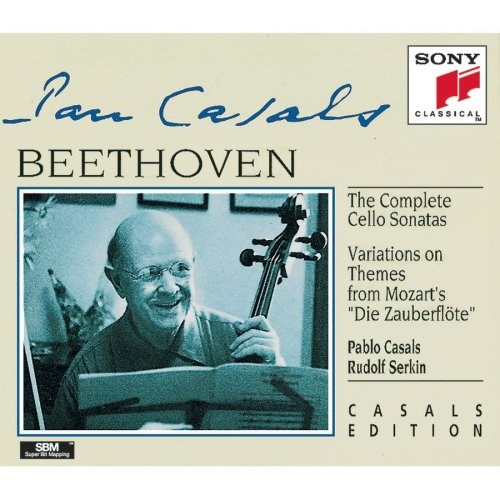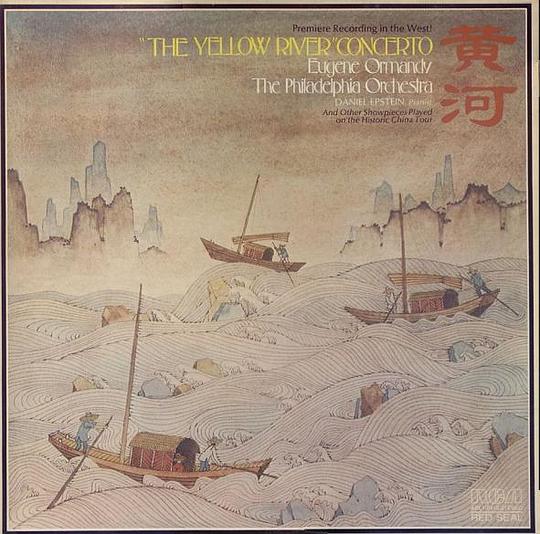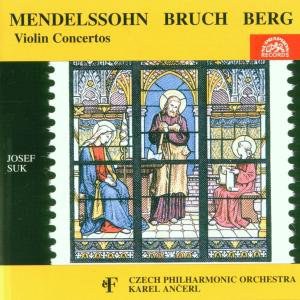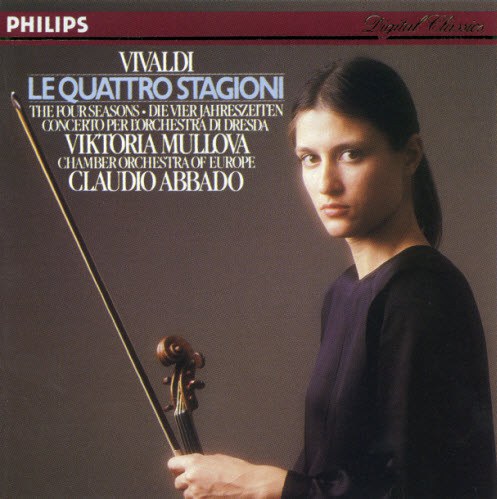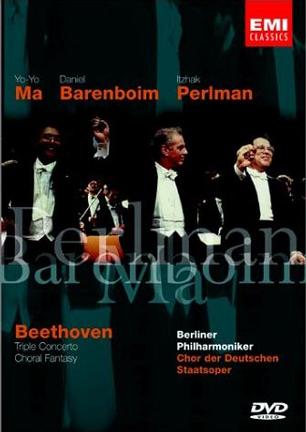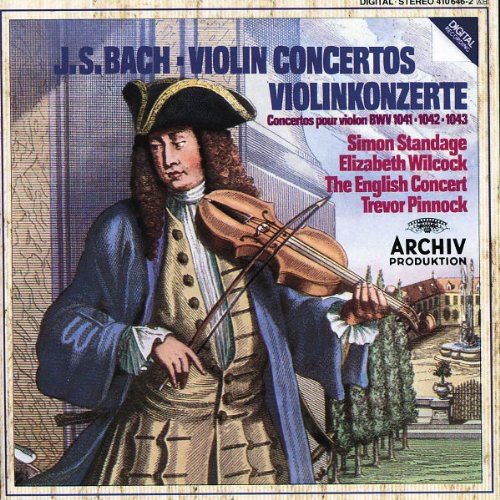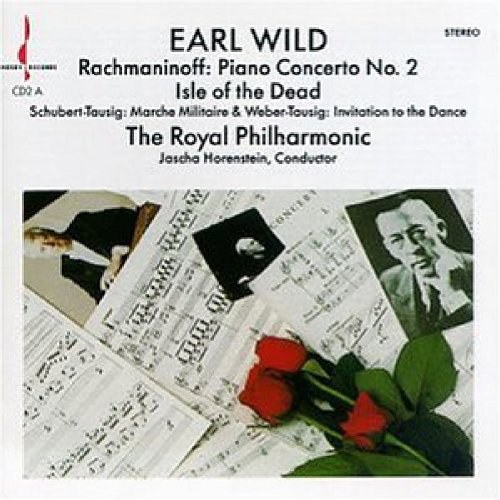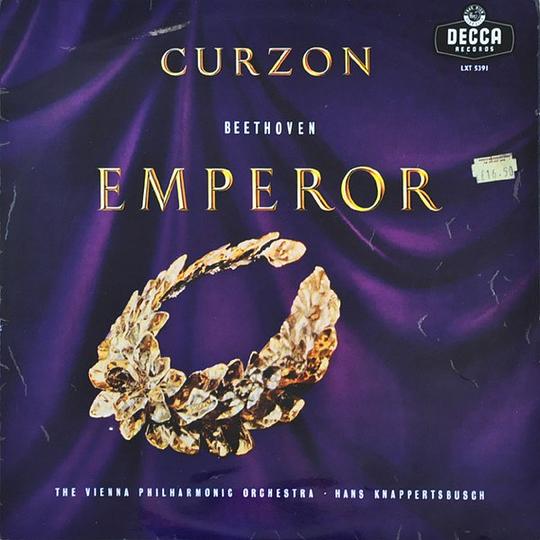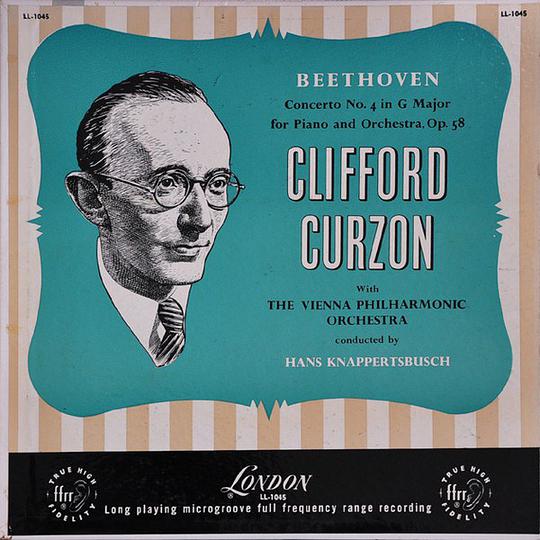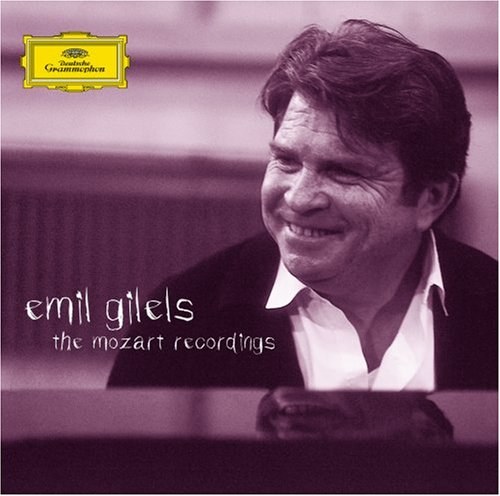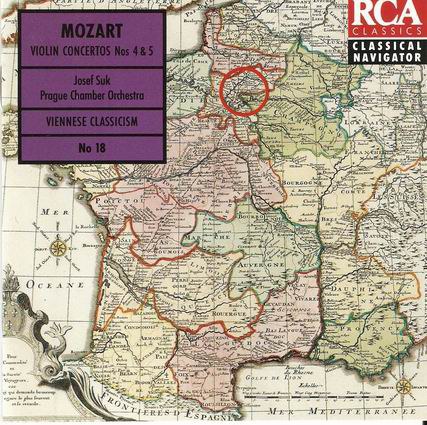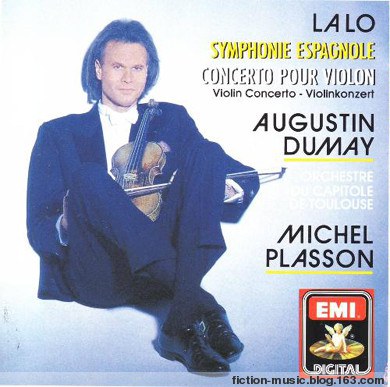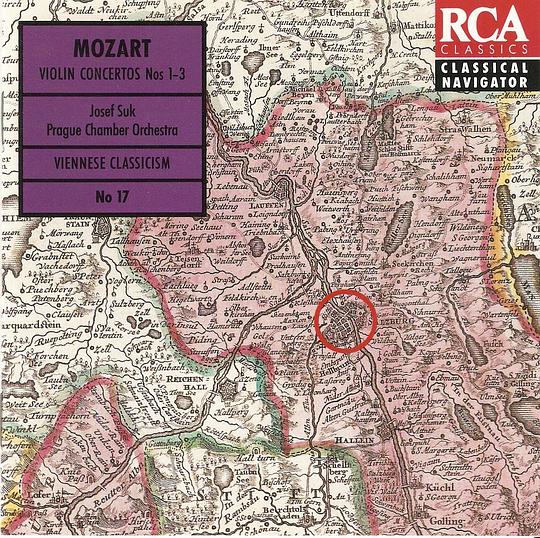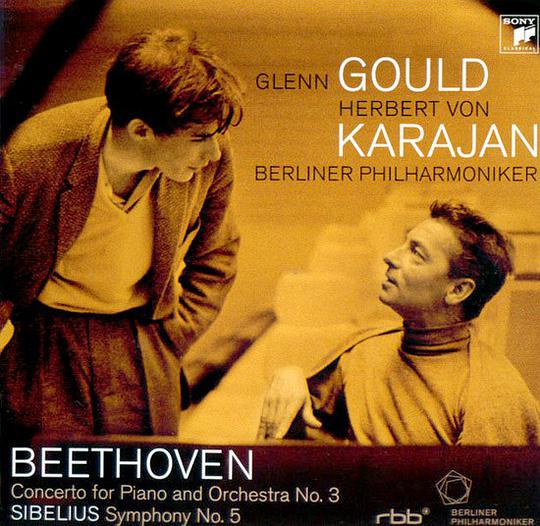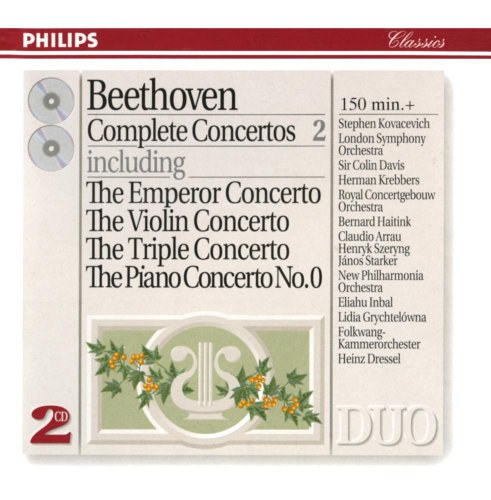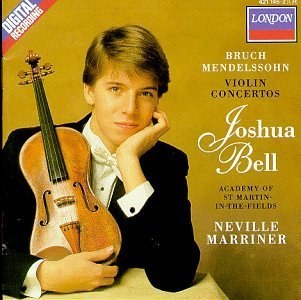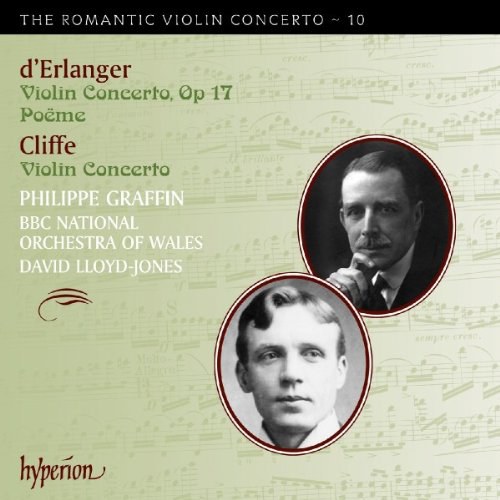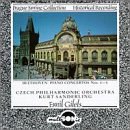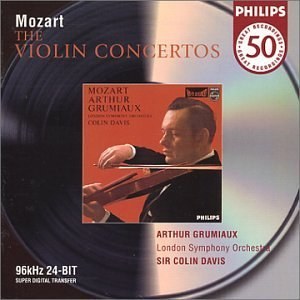BARON Frédéric Alfred d’Erlanger was a banker,
born in Paris but with a German father and
American mother, who moved to London in his
teens. He was naturalized British and long resident in
London, where he was involved in promoting music and
was later a trustee of the London Philharmonic Orchestra
and on the board of the Royal Opera House, Covent
Garden. He was also a composer, his teacher being Anselm
Ehmant, a close friend of the family, and although his
catalogue of works is not huge, throughout his life there
was a steady stream of first performances bythe most
celebrated artists and orchestras of the day. Many record
collectors will have come across him as the composer of
the ballet music Les cent baisers, recorded by Dorati and
the London Symphony Orchestra after its success when
danced at Covent Garden in 1935.
D’Erlanger had first appeared as a composer with his
opéra comique Jehan de Saintré, produced in Aix-les-
Bains in 1893 and in Hamburg the following year. He first
appeared at Covent Garden as a stage composer in July
1897, under the pseudonym Frédéric Regnal, with the
opera Inès Mendo after Mérimée’s comedy. Later, with
theGerman title Das Erbe, it was produced in Hamburg,
Frankfurt and Moscow.
If we track his music through his published works,
andlater through performances at the Queen’s Hall
Promenade Concerts, we find a Prelude for violin and
piano published in 1895 and an album of six songs in
1896. He appeared at the Proms in September 1895 with
a Suite symphonique, and by 1900 had published a Violin
Sonata in G minor and in 1901 a notable Piano Quintet,
which was given a rousing reception at the 1902 ‘Pops’ at
St James’s Hall. New works appeared at regular intervals
during his life: just following the Proms we find the
Andante symphonique Op 18 for cello and orchestra in
October 1904, and the symphonic prelude Sursum Corda!
in August 1919. There was also the Concerto symphonique
for piano and orchestra from 1921 and the gorgeous
Messe de Requiem of 1930, a work admired by Adrian
Boult, who arranged its broadcast in 1931 and a public
performance in Birmingham in 1933, where it was revived
as recently as March 2001. The briefly popular orchestral
waltz Midnight Rose was recorded by Barbirolli in 1934.
Possibly d’Erlanger’s most famous work was his opera,
in Italian, after Thomas Hardy’s Tess of the d’Urbervilles.
Someone with d’Erlanger’s connections would only con-
sider the best as his collaborators and he asked Luigi Illica,
Puccini’s librettist, to write the libretto. Its first production
at the San Carlo Theatre in Naples in 1906 was interrupted
by a volcanic eruption of Mount Vesuvius. The Naples
production spawned early recordings by Amedeo Bassi and
Alessandro Bonci of Angel Clare’s aria in Act I. Produced
inLondon in 1909 with no less a cast than Emmy Destin
as Tess and Zenatello as Angel Clare, it was revived in 1910
and later produced at Chemnitz and Budapest. Tess was
revived by the BBC in 1929 in an English version. In 1910
his opera Noël was produced atthe Paris Opéra and
subsequently in Chicago, Philadelphia, Montreal and
Stockholm.
So d’Erlanger’s Violin Concerto was the work of a
significant emerging composer when it was written in
1902. It was first performed by Hugo Heermann, then still
the long-standing professor of violin at the Hoch’sche
Konservatorium in Frankfurt, and he played it in Holland
and Germany before it was taken up by Fritz Kreisler and
given its British premiere at the Philharmonic Society
concert at Queen’s Hall on 12 March 1903. Published
byRahter of Hamburg in 1903, it was later played at
Bournemouth in 1909, 1920 and 1928, as well as at the
Queen’s Hall Proms (by Albert Sammons) in 1921.
Notable for the transparency of its scoring, d’Erlanger’s
concerto launches straight into the first subject, an-nounced by the soloist in triple- and double-stopped
chords without an orchestral introduction. The soloist
soars away in running semiquavers, eventually presenting
a more lyrical version of the theme and immediately
moving on to the singing second subject. A succession
ofrising trills by the soloist leads to a cadenza-like
unaccompanied middle-section before the first subject
reappears in the orchestra. The lyrical second subject
returns in various keys and with a short coda, Allegro
animando, the horns herald the close and a brief gesture
of dismissal.
The composer’s treatment of the orchestra—with
constantly varied touches of instrumental colour, and
often with only two or three instruments playing, typically
answering each other—is particularly characteristic in the
gorgeous slow movement. A nine-bar introduction creates
a nocturnal atmosphere with bell-like notes on flute and
harp over hushed strings. The cor anglais then sings the
plaintive first subject, immediately repeated and extended
by the soloist. After thirty-one bars it is taken up by the
clarinet, the soloist now accompanying with arpeggiated
chords across the strings. The second subject follows on
the strings with rising decorations by the soloist. The first
theme is repeated, now in F minor, with muted accom-
panying strings. A haunting romantic motif is heard on the
horns and will be heard several times before the end.
Eventually a cadenza-like passage of running semiquavers
presages the return of the cor anglais and a brief
orchestral climax before, musing on the horn’s romantic
motif, the music fades on the soloist’s long-held pianis-
simo top C.
The finale comes as a great surprise—a diaphanous
scherzando, all fairy gossamer. The music falls into a
succession of sixteen related short episodes. The first
theme starts in
and proceeds in
, its leaping triplet
motion giving it the feel of a saltarello. A contrasted theme in
appears in the strings in the fifth episode, and in the
next the first theme of the first movement returns in
staccato crochets. The writing for the soloist is brilliant
throughout, though d’Erlanger does not feel the need for
another cadenza.
